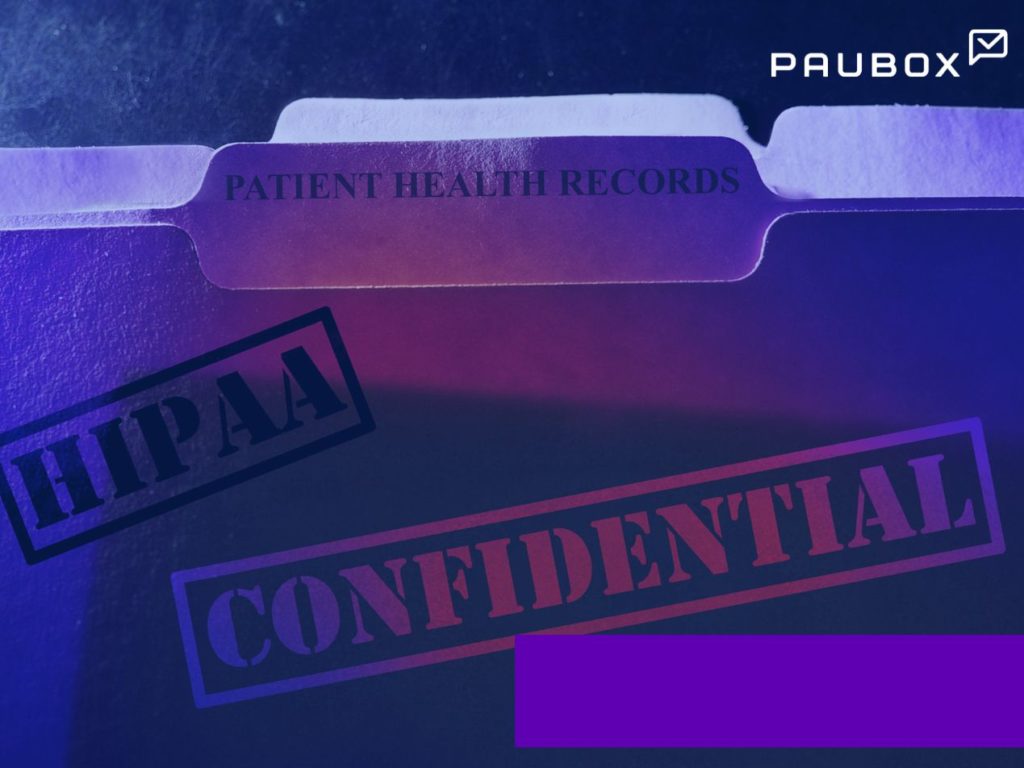
Patient portals enable patients to access their health information anytime, anywhere. They can, however, be difficult to navigate for most patients.
Challenges experienced by patients with portals
1. Technical hurdles: One of the significant challenges patients face is the digital divide, where individuals lacking access to technology or digital literacy struggle to navigate patient portals effectively. Bridging this gap requires addressing accessibility, connectivity and providing education and support to those with limited technical skills.
2. Navigation complexities: Patient portals often have complex interfaces that can be overwhelming. Navigating different features and sections can be confusing, leading to decreased engagement.
3. Feature limitations: While patient portals offer several features, they may not always provide the complete functionality patients require. Enhancements like online appointment scheduling, prescription refills, and secure messaging can bridge this functionality gap and improve the overall patient experience.
4. Information discrepancies: Patients may encounter discrepancies or incomplete information in their medical records when using patient portals. Inaccurate data or unclear explanations of medical terminologies can lead to patients not understanding their own medical information.
5. Limited mobile accessibility: Some patients prefer accessing healthcare information through smartphones. While many patient portals offer mobile applications, not all have a mobile-friendly interface or comprehensive functionality on mobile devices.
6. Technical issues: Patients may encounter technical issues when accessing or using patient portals. These issues can include slow loading times, system glitches, or compatibility problems with certain devices or browsers.
7. Support and education gaps: Lack of comprehensive support and education can hinder patients' ability to use patient portals effectively.
Patient diversity and portal challenges
1. Tech novices: Patients with limited exposure to digital technologies may face difficulties adopting patient portals. This is due to how they must navigate an unfamiliar digital territory.
2. Aging adults: The elderly may encounter challenges related to visual impairments, motor skills, and cognitive decline when using patient portals. The lack of large fonts, clear instructions, and intuitive navigation makes them inaccessible to most members of this demographic.
3. Language barriers: Language barriers pose significant challenges for patients with limited English proficiency. Most portals don't support multilingual interfaces or provide translation services to ensure effective communication and understanding.
4. Differently abled individuals: Many patient portals currently don't include features such as screen readers, voice commands, and keyboard navigation to ensure equal access to healthcare information and services. This limits access for patients who require specific features to accommodate their unique needs.
5. Complex health needs: Patients with complex health conditions often struggle to comprehend and interpret their medical data within patient portals. These patients usually require healthcare providers to offer personalized support, explain complex medical information, and provide additional resources to facilitate understanding. This is not possible just through the medical data available on portals.
The alternative to patient portals
HIPAA compliant email is an effective alternative to patient portals. Seamless, secure email like Paubox requires no training or learning curve because it works with providers' and patients' regular email. That means communication with no extra steps, passwords, or mobile apps.
Subscribe to Paubox Weekly
Every Friday we'll bring you the most important news from Paubox. Our aim is to make you smarter, faster.




